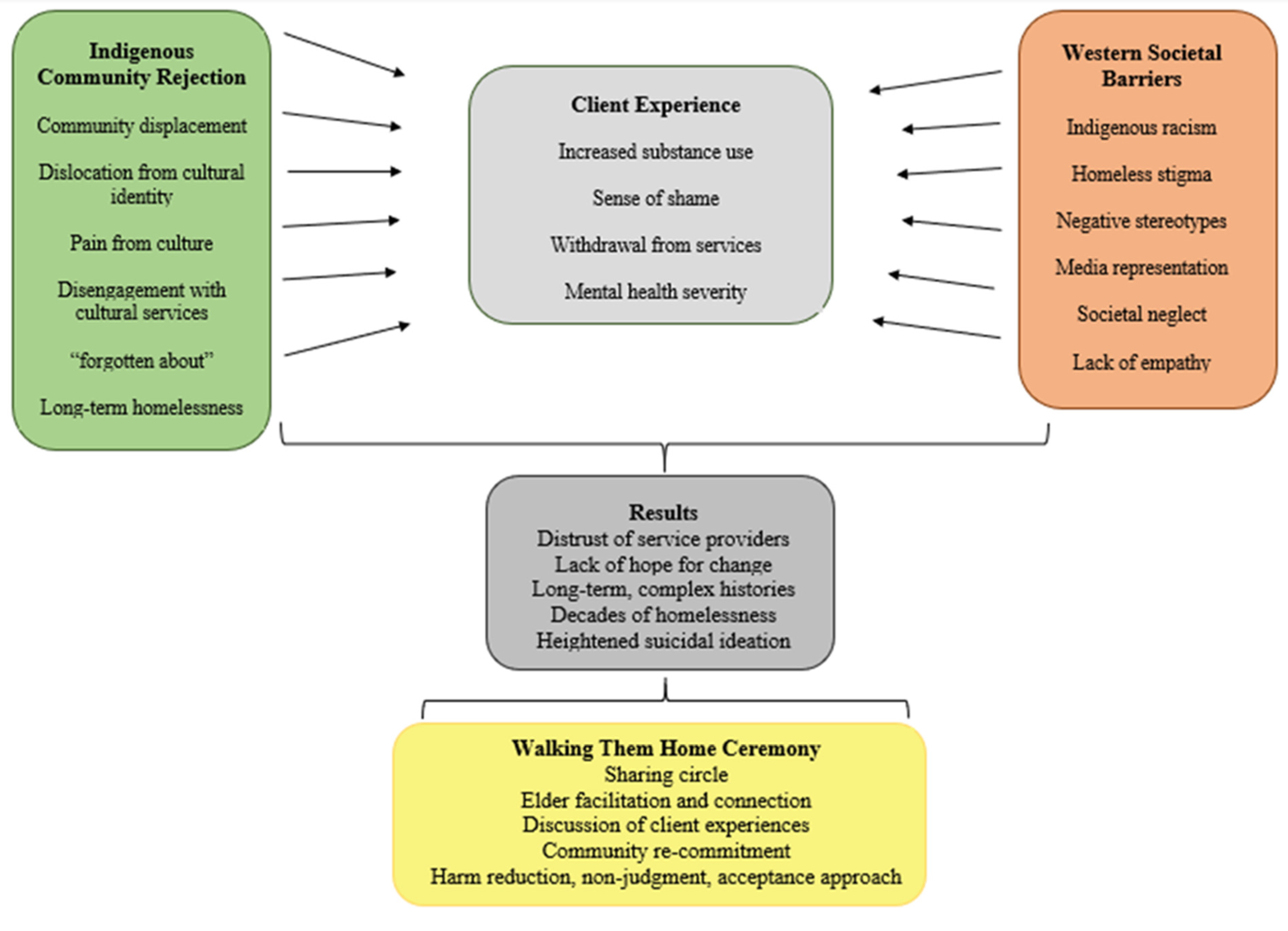What are the Cons of Walking? Exploring the Negative Impacts
Cons of walking include potential accidents and strain on joints. Walking may lead to injuries and joint pain.
Walking is a popular form of exercise that offers numerous health benefits. However, it is important to consider the potential drawbacks of walking as well. Despite its simplicity and accessibility, walking can pose risks, such as accidents and the possibility of joint strain.
We will explore the cons of walking in more detail so that you can make informed decisions about incorporating walking into your fitness routine. Stay tuned to learn about the potential pitfalls and how to mitigate them while enjoying the many advantages of walking for your overall well-being.

Credit: www.mdpi.com
Physical Impact
While walking is a popular form of exercise that offers numerous health benefits, it also has some drawbacks, especially in terms of its physical impact. In this article, we will explore the cons of walking under the subheading of “Physical Impact” and look at some of its potential negative effects on joints and muscles.
Joint Pain
Walking can sometimes lead to joint pain, particularly in individuals who already have pre-existing joint conditions or injuries. The repetitive impact on the joints, such as the knees and hips, can exacerbate the pain and discomfort. The constant pressure and strain on these joints can cause inflammation and swelling, making it challenging to perform daily activities without discomfort.
One of the main culprits behind joint pain during walking is osteoarthritis, a condition that affects the cartilage between the bones, leading to pain, stiffness, and decreased range of motion. If you already have osteoarthritis or any other joint-related condition, it’s essential to consult with a healthcare professional before embarking on a walking routine to minimize the risk of further damage or discomfort.
Muscle Strain
Another potential drawback of walking is the risk of muscle strain, particularly in the legs and lower back. During walking, these muscles are engaged and constantly working to support the body’s weight and maintain balance. The repetitive nature of the activity without proper stretching or warm-up exercises can lead to muscle strain and discomfort.
Muscle strains can range from mild to severe, causing pain, stiffness, and limited mobility. Straining the muscles of the lower back can also lead to discomfort and potentially affect your posture. It’s crucial to warm up adequately before walking and incorporate stretching exercises to prepare the muscles for the activity and reduce the chances of strain or injury.
While walking is generally considered a low-impact activity, it still poses the risk of joint pain and muscle strain, especially for individuals with pre-existing conditions or those who don’t take proper precautions. It’s important to listen to your body, pace yourself, and consult with a healthcare professional if you experience persistent pain or discomfort during or after walking.
By understanding the potential physical impact of walking, you can take appropriate measures to mitigate the associated risks and ensure a safe and enjoyable walking experience.

Credit: www.amazon.com
Environmental Factors
Walking offers numerous health benefits, but there are cons to consider. Environmental factors, such as extreme weather conditions and poor air quality, can make walking uncomfortable and detrimental to one’s health.
Environmental factors play a significant role in the cons of walking. Weather conditions and unsafe neighborhoods are key aspects impacting the experience of walking.Weather Conditions
Unpredictable weather can deter individuals from walking outdoors. Rain, snow, or extreme heat affect the comfort and safety of pedestrians.Unsafe Neighborhoods
Walking in neighborhoods with high crime rates poses risks to personal safety. Lack of proper lighting and security can discourage people from walking in these areas.Time Constraints
When it comes to the cons of walking, one major issue that many people face is time constraints. The amount of time it takes to walk to a destination can be a concern for individuals who have busy schedules or limited free time. Let’s delve into the specific time-related drawbacks associated with walking.
Long Duration
Walking can take a longer time to reach a destination compared to other modes of transportation. While it’s a great form of exercise, it may not be the most efficient option when time is of the essence.
Inconvenience
One of the cons of walking is the inconvenience it may cause, particularly when there’s a time crunch. Factors such as unfavorable weather conditions, carrying heavy loads, or navigating through crowded areas can make walking inconvenient for individuals with tight schedules.

Credit: www.instagram.com
Lack Of Variety
The downside of only walking is the potential lack of variety in exercises, which can lead to muscle imbalances. Incorporating different activities helps prevent boredom and works out various muscle groups, ensuring a well-rounded fitness routine.
Monotonous
One of the cons of walking is the lack of variety it offers. Walking often involves repeatedly following the same route or path, which can become monotonous over time.
This repetitive nature of walking can lead to a sense of boredom and make the activity feel mundane. Without any changes in scenery or surroundings, the mind may start to wander and lose interest during the walk.
Additionally, walking on the same path day after day can create a feeling of predictability, where there are no surprises or new experiences to look forward to. This lack of variety can make walking seem less exciting and potentially discourage individuals from sticking to their walking routine.
Boredom
Walking without variety can easily lead to boredom, which can be a major drawback for some individuals.
A lack of visual stimulation or engaging environments can make walking feel like a dull and uninteresting activity. Without anything new or exciting to see, the mind may struggle to stay engaged, making the walk seem tedious.
Moreover, walking for long durations without anything to alleviate the boredom can become mentally tiring. This can impact a person’s motivation to continue walking regularly and potentially lead to them seeking more stimulating exercise alternatives.
Frequently Asked Questions For What Are The Cons Of Walking
Are There Downsides To Walking?
Walking has few downsides if done properly. It may strain joints if not approached cautiously. Overuse can lead to injuries. Walking in unsafe areas presents risks. Improper footwear may cause discomfort. However, these downsides can be managed with proper care and preparation.
What Are The Disadvantages Of Walking Fast?
Walking fast can lead to joint strain and increased risk of injury. It may also result in overexertion and fatigue. Additionally, rapid walking can make it difficult to maintain proper posture, leading to back and neck pain.
What Are The Disadvantages Of Walking In The Morning?
Walking in the morning may lead to fatigue and decreased motivation for some individuals. Muscle stiffness and potential injury risk can also be disadvantages.
What Does Not Walking Do To Your Body?
Not walking can negatively impact your body. Lack of physical activity can lead to weight gain, weak muscles, decreased flexibility, and increased risk of chronic conditions like heart disease and diabetes. It is important to incorporate regular walking or other forms of exercise to maintain a healthy body.
Conclusion
While walking has numerous health benefits, it also has its drawbacks. Potential cons of walking include overuse injuries, risk of accidents, and exposure to environmental pollutants. However, with proper precautions and moderation, the benefits of walking can far outweigh the drawbacks.
Stay safe and keep moving!





